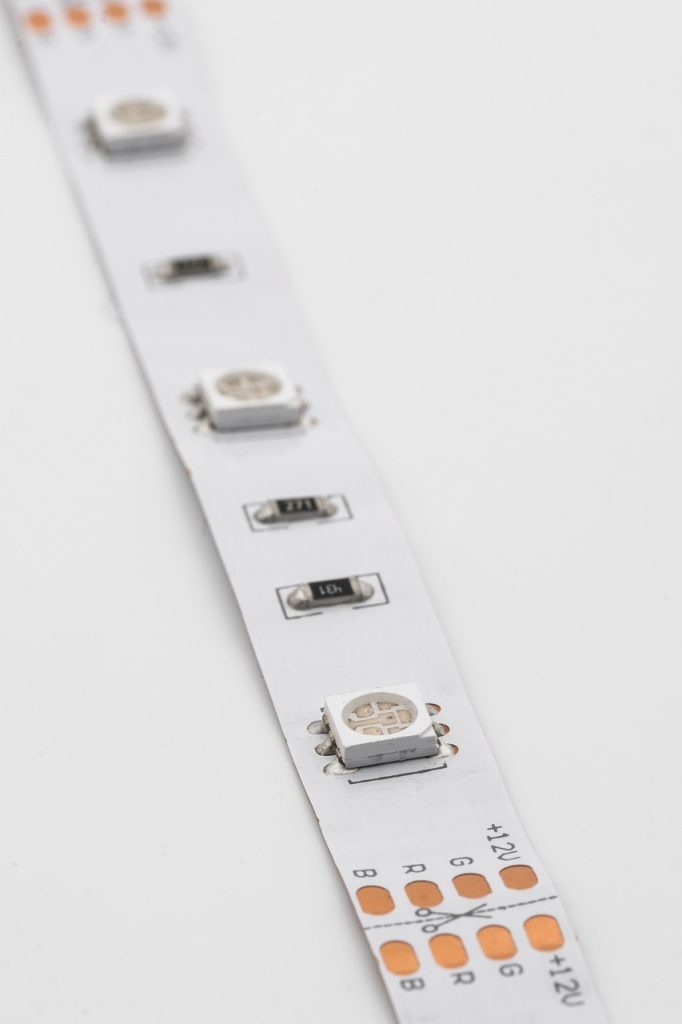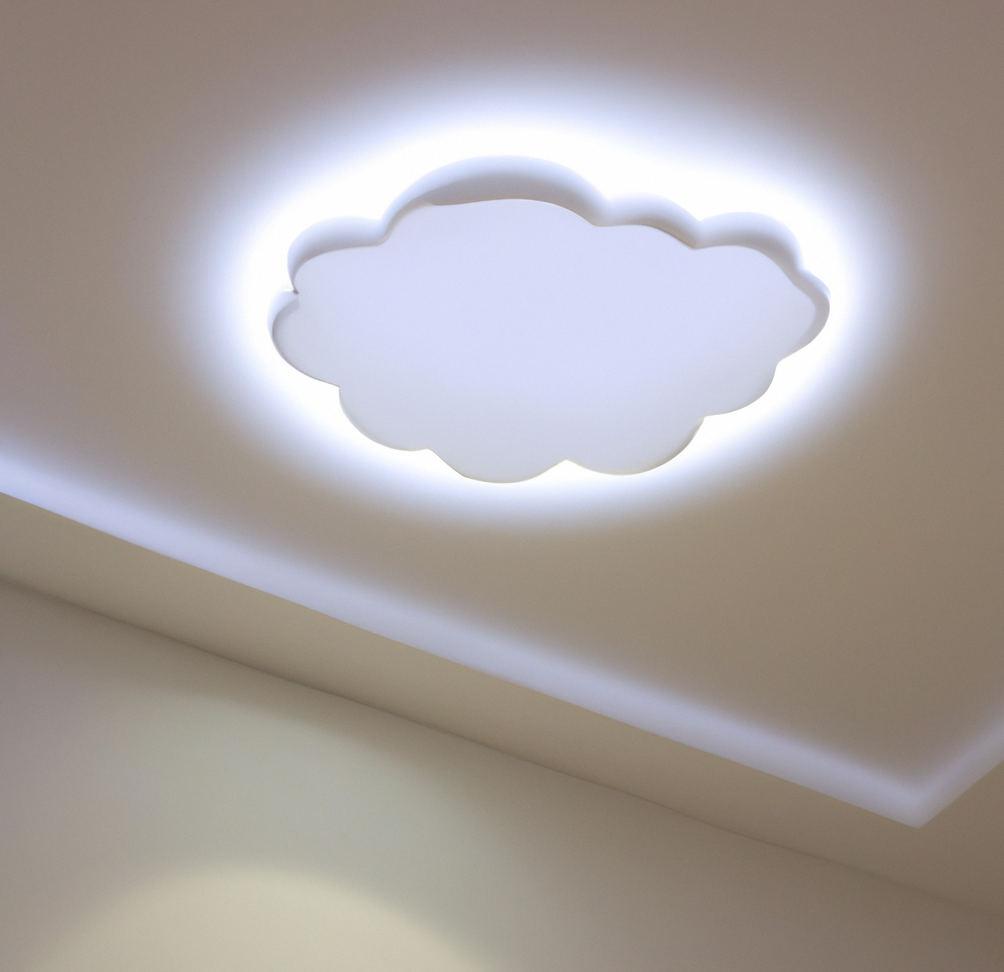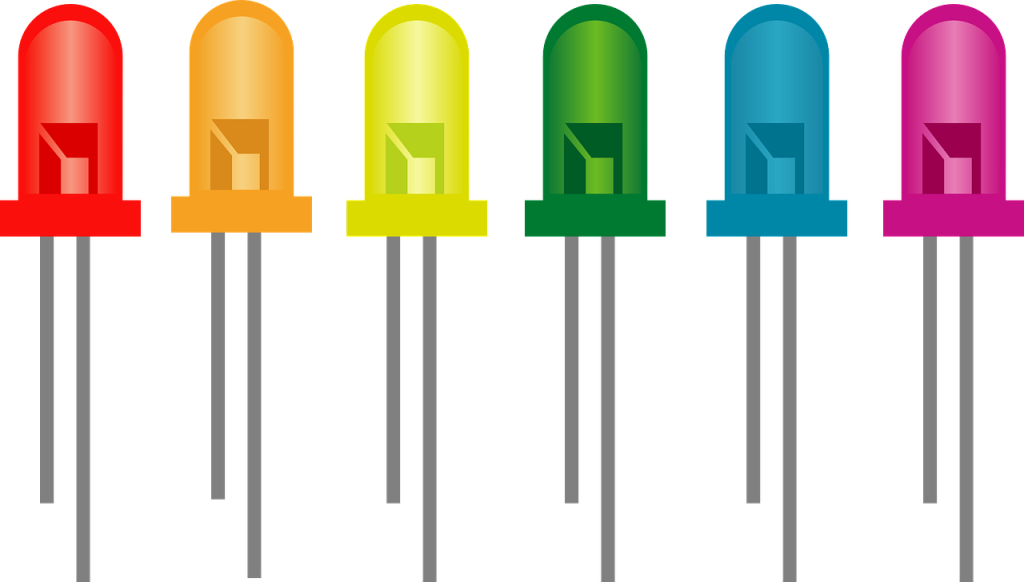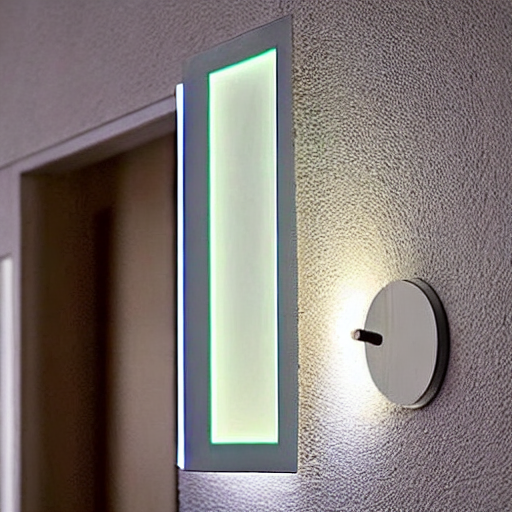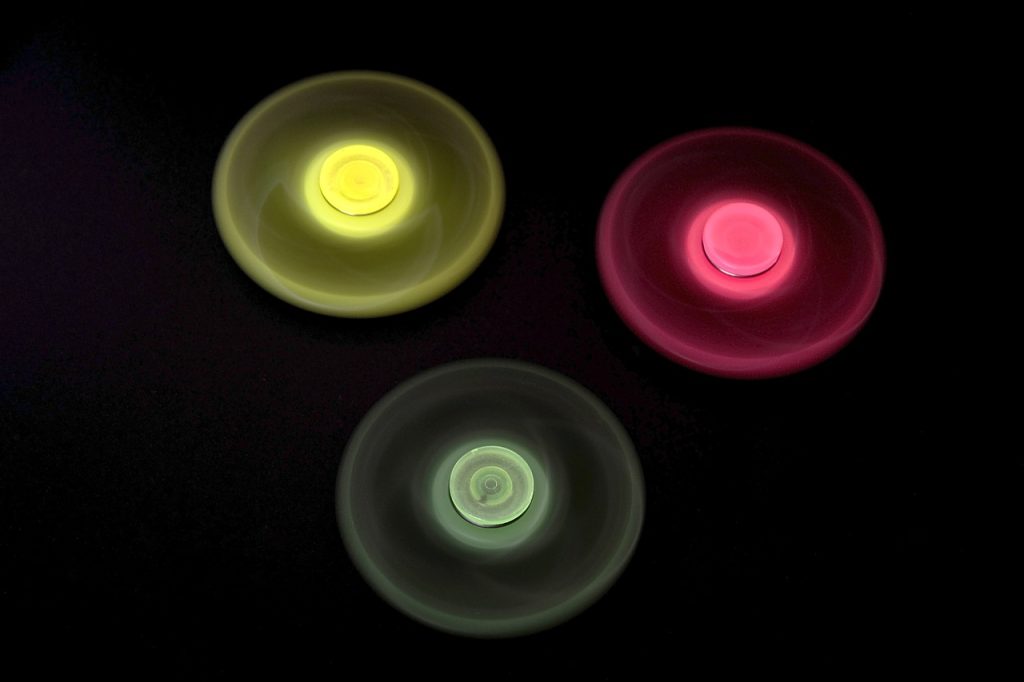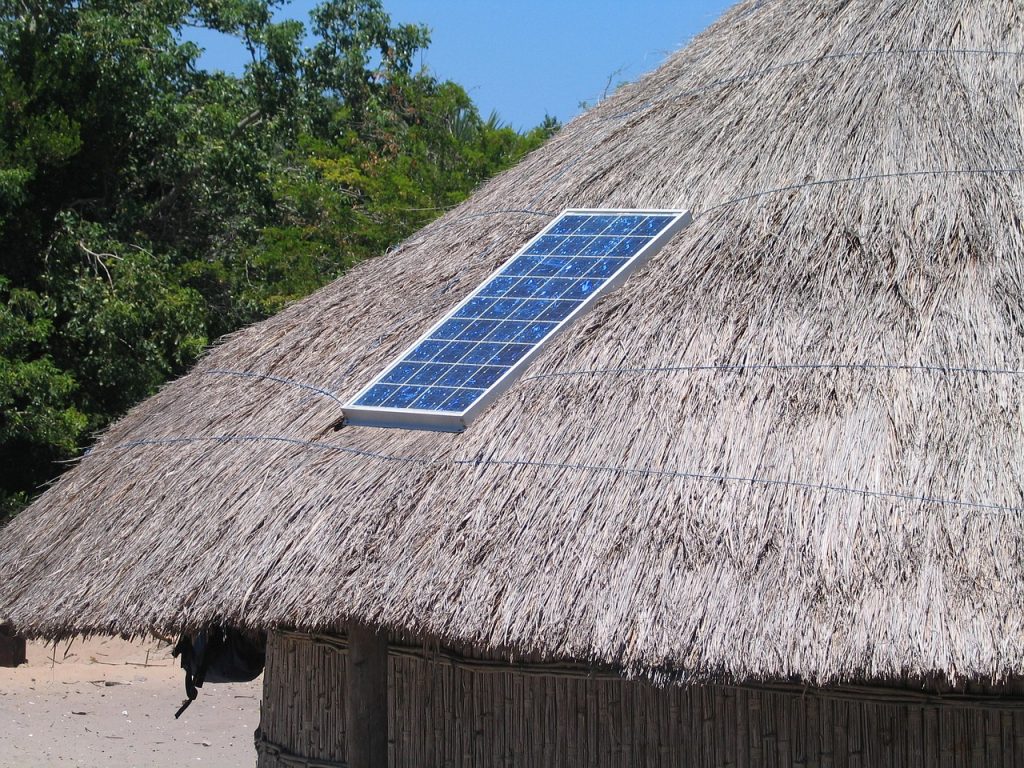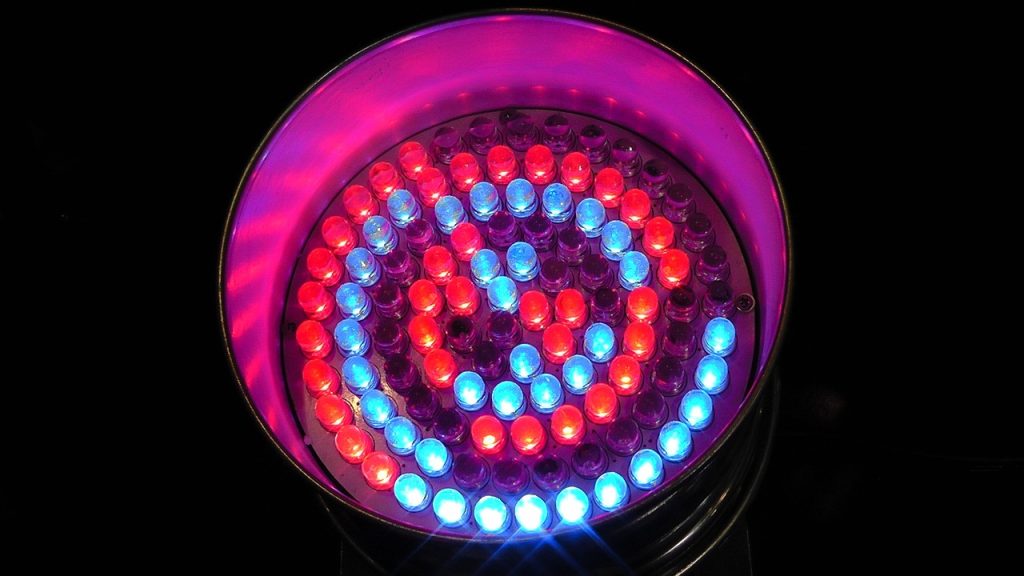RGB lighting has become increasingly popular recently, especially among PC gamers. But how much power does RGB use? In this blog post, we’ll look at the science behind RGB lighting to see how much electricity it consumes.
RGB power usage turned on Vs in standby mode
RGB lighting has become increasingly popular in residential and commercial settings due to its ability to create dynamic and captivating environments. However, an important factor in deciding whether to incorporate RGB lighting into a particular space is the power consumption of these lights.
Generally speaking, an RGB light will consume a relatively large amount of power when turned on, especially compared to other types of overhead lighting, such as fluorescent or incandescent bulbs. For example, a single RGB strip can draw up to 8-12 watts per foot when displaying multiple colors. By comparison, when turned off or in standby mode, the power consumption drops dramatically — usually, the current drawn is less than one watt per foot.
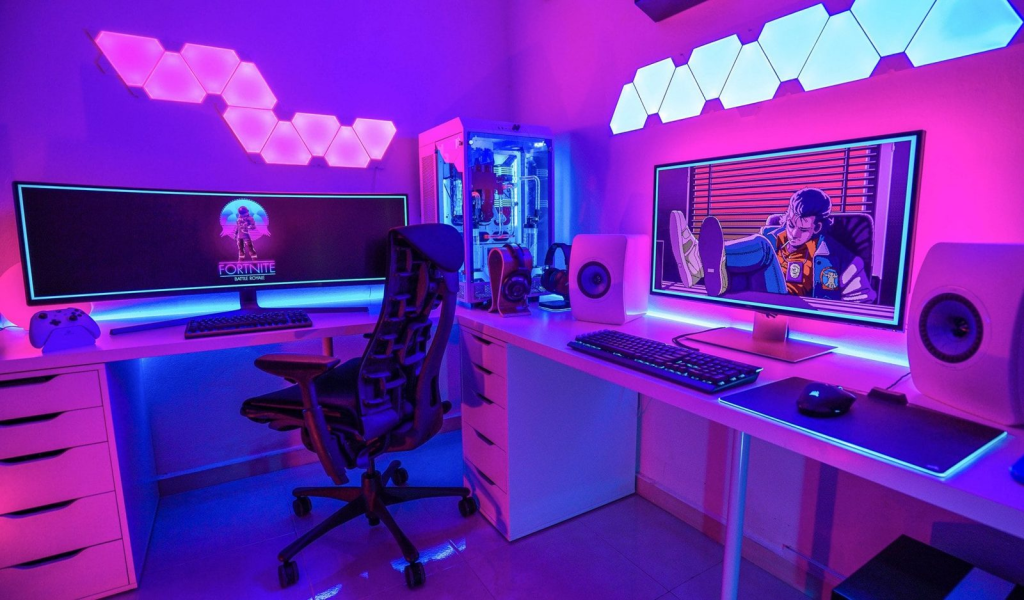
This variability makes considering both the on-state and standby-state power consumption essential for determining the total energy usage of any given setup. Ultimately, understanding these factors can help give you an accurate idea of how much energy your RGB lighting system may consume over time. Through careful analysis and planning ahead of time, you can reap the benefits of beautiful RGB lighting without worrying about excessive energy costs.
The difference in power usage between different types of RGB lighting
With the advent of RGB lighting, a wide range of colors and effects are achievable, making it a popular choice for many applications. To create different colors and effects, and there are three main types of RGB lighting: LEDs, CCFLs, and halogen bulbs.

Each bulb requires different power usage levels, resulting in distinct performance characteristics. LED bulbs have the lowest power consumption and produce bright colors with low heat output. CCFLs require slightly more electricity than LED bulbs but produce brighter colors with high efficiency.
Lastly, Halogen bulbs have the highest power consumption but provide the warmest colors with superior dimming capabilities. Depending on the required result, different types of bulbs can be chosen to suit the specific application; understanding their differences regarding power usage can help one make an informed decision about which type is best for them.
Ultimately, careful consideration should be given when selecting between different types of RGB lighting to achieve the desired result efficiently. As such, understanding the difference in power usage between LEDs, CCFLs, and halogen bulbs is essential when deciding which type of RGB lighting to use.
Each has its benefits and drawbacks depending on one’s needs; having all this knowledge can help one make an informed decision that will ultimately save time and energy.
Tips for reducing the amount of power your RGB lighting uses
Several simple steps can be taken if you’re looking to cut down on the amount of energy you use along with your RGB lighting. Perhaps the most obvious is to reduce the brightness setting of your lights, as reducing this will result in reduced power output. In addition, if your lighting is equipped with motion or light detectors, these can come in handy when trying to save electricity; they will come on only when necessary and switch off after a certain period of activity has stopped.
And finally, if your lights are situated in an area you don’t often access or use at night, consider turning them off and on manually when needed – it takes just seconds. Still, it can help to reduce power consumption greatly. Any combination of these tips should help lower the amount of energy used by your RGB lighting without compromising aesthetics.
How much money can you save with RGB LEDs?
As technology progresses, there is a temptation to utilize the most advanced products and features available. However, it is wise to do so with an eye on cost. This is particularly true when examining the potential impact of RGB lighting on your electric bill. RGB lighting, or red-green-blue lighting, offers a wide range of customization options and color temperatures for your home’s interior design. But many of these technologies were not designed with energy efficiency in mind.
LEDs are more efficient than halogen bulbs, but their overall performance still varies significantly from one product to another. Aside from brightness levels and color temperature settings, different bulbs use different amounts of power to generate the same effect. This means that users should pay close attention when selecting their lights, as this could significantly affect their energy costs over time.
Furthermore, RGB bulbs can be plugged into wall dimmers: carefully adjusting the dimmer’s voltage will ensure you get the desired effect while avoiding unnecessary power consumption. While RGB lighting can provide an aesthetically pleasing experience in any environment, it is important to factor in its potential impact on household expenses before proceeding with its installation.
Conclusion

While RGB lighting can increase power usage for your home, there are ways to mitigate this by making some simple changes. Try using a lower brightness setting or turning off your RGB lighting when you’re not using it. You can also invest in LEDs, which use less power than other types of RGB lighting. By following these tips, you can reduce the impact of RGB lighting on your electric bill.
Frequently Asked Questions
RGB lighting uses different amounts of power depending on what kind of bulb it is and how bright it is. LEDs use less power than halogen bulbs, but their overall performance still varies significantly from one product to another.
There are many benefits to using RGB lighting. For one, it offers many customization options for your home’s interior design. You can choose different colors and brightness levels to create the perfect look for your space. Additionally, RGB lighting is often more energy efficient than other types of lighting. You can save money on your electric bill in the long run by using RGB lights, so really, the question would be – why wouldn’t you switch over to them?
You can install RGB lighting by plugging the bulbs into a wall dimmer. Carefully adjust the dimmer’s voltage to get the desired effect while avoiding unnecessary power consumption.
How do I control RGB lighting?
You can control your RGB lighting by adjusting the voltage on a wall dimmer. This will change how bright or how colorful the light is.
What are some of the best RGB lighting tips and tricks?
Some tips and tricks for RGB lighting can help you save money on your electric bill. For example, you can try using a lower brightness setting or turning off your RGB lighting when you’re not using it. You can also invest in LEDs, which use less power than other types of RGB lighting. By following these tips, you can reduce the impact of RGB lighting on your electric bill.
How do I find the best RGB lighting for my needs?
You need to think about a few things when choosing RGB lighting. First, consider what you want the lights to be used for. Do you want them for general interior lighting, or are you looking for something specific like accent lighting or task lighting? Once you know what you need, you can start looking at different products and compare their features. Make sure to pay attention to things like brightness levels, color temperatures, and power consumption to find the best RGB lighting for your needs.
